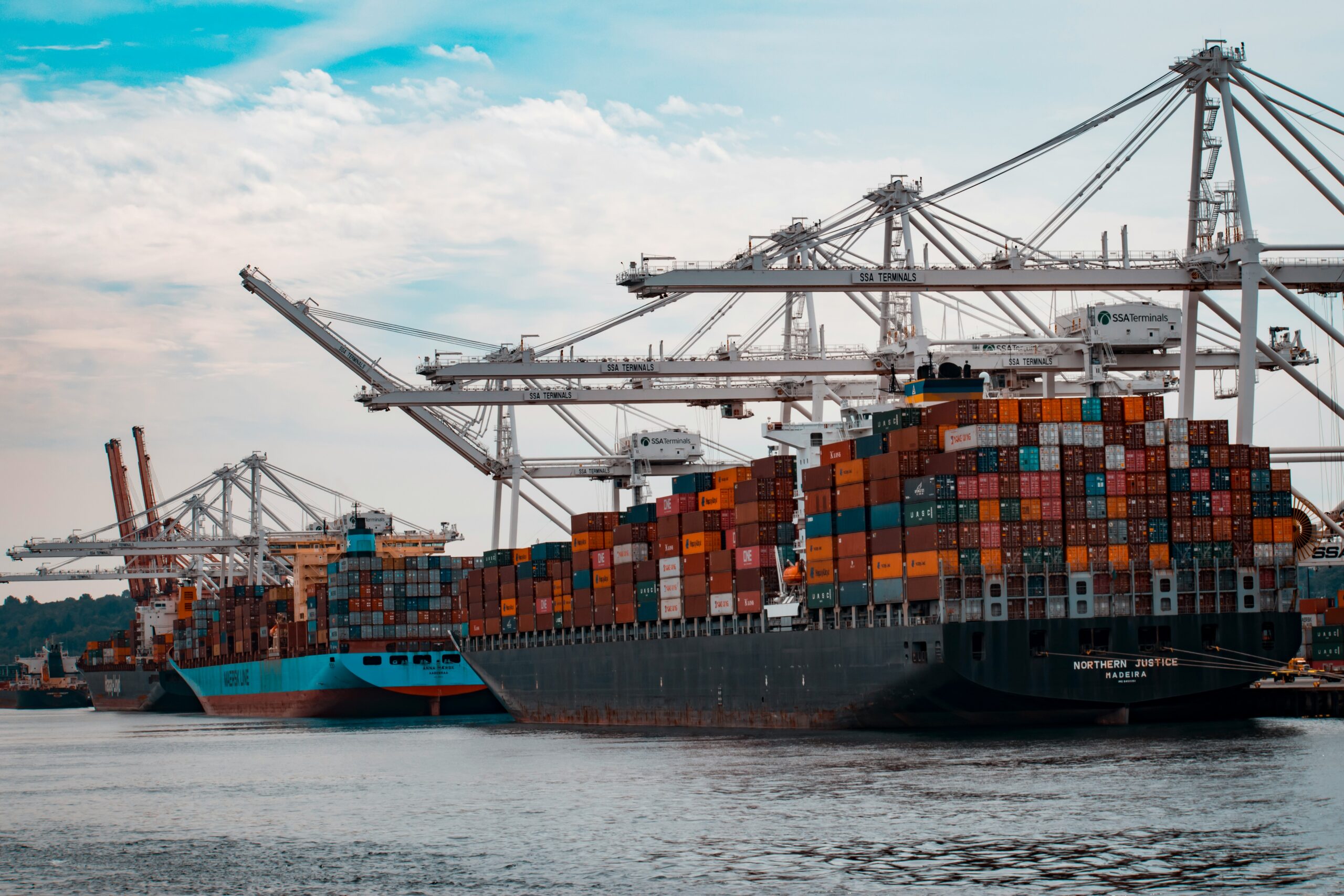Over the last two decades there has been a new trend of turning to the local micro supplier. Globalization promised and largely delivered cost efficiency and scale in sourcing and the assumption was simple; bigger suppliers that were further away and operating at scale were the key to streamlined supply chains.
But cracks in that model are beginning to come to the fore. Rising freight costs, geopolitical tensions, climate events, and pandemic induced delays have pushed procurement leaders to rethink their sourcing strategies. Increasingly, they’re asking: Can we source smarter by sourcing closer?
Welcome to the era of the local micro supplier and with it, the decentralisation of sourcing as we know it.
What Is a Local Micro Supplier, and Why Now?
Micro suppliers are typically small to mid-sized operations that are often operating under the radar. They don’t always rank high on search engines as they don’t buy-in to pay-to-play models like Google, as their budget simply cannot compete with conglomerate counterparts.
We’ve already discussed why search engines aren’t great for supplier discovery, which can be read here.
What these small suppliers do offer is increasingly in demand; agility, proximity, and a capacity for customization, which their larger competitors may not be able to provide.
Three shifts have brought these smaller suppliers into focus:
- Supply chain fragility exposed by global disruptions
- Pressure for sustainability through shorter shipping distances and ethical practices
- Demand for speed, especially in product development and prototyping
While these suppliers have long existed, they’ve been historically difficult to find, verify, and integrate into large scale procurement strategies. That’s beginning to change with technology and AI is playing a central role.
Accepting the Local Micro Supplier: Risk or Resilience?
Traditionally, decentralised sourcing was avoided as it was deemed risky with too many moving parts and too little standardisation. On top of this, procurement teams used to believe that there was too much overhead to manage a large supplier base.
But that narrative is no longer common thought amongst many procurement teams.
Buyers now increasingly see diversity in supply as a hedge against volatility. A decentralised network of regional or local suppliers can reduce lead times, improve adaptability, and enhance transparency.
Naturally, some industries would still benefit from a globalised supply chain and as GEP states ‘supply chain localization remains a distant dream.’
Industries like aerospace and electronics are finding that local micro suppliers offer faster iteration cycles and more responsive customer service, often with fewer cultural or language barriers.
Visibility Is the Missing Link and AI Is Closing the Gap to Find Local Micro Suppliers
Despite their potential, micro suppliers often remain hidden, not because they lack capability but because they lack digital presence.
This is where AI-powered supplier discovery is making a quiet revolution.
Rather than relying on static directories or pay-to-play models, intelligent sourcing platforms now use natural language processing and can work in most languages and geographies to identify high potential vendors who might not appear in traditional listings.
These tools don’t just aggregate information, they contextualise it. Offering insights into the market as well as things like horizon scanning and innovation scouting.
This is where we see the most promise: not just finding suppliers, but finding the right ones faster and with more confidence.
Local But Scalable
Of course there is still an argument for large scale suppliers and micro suppliers aren’t a universal replacement. They may not match the scale or unit cost of large factories in Vietnam or China. But they don’t have to.
More often, they’re augmenting supply chains, not replacing them, used for:
- Rapid prototyping
- Overflow capacity
- High customisation runs
- Emergency or regional fulfilment
The strategic use of local suppliers is less about ideology and more about building layered and resilient networks, ones that flex with demand and mitigate disruption.
What This Means for Procurement Teams
The rise of local micro suppliers challenges procurement to think differently, forcing them to re-evaluate cost, flexibility, and transparency.
It means:
- Looking beyond the usual suspects
- Rethinking sourcing metrics
- Investing in tools that surface vendors based on actual performance, not just digital visibility
AI supplier discovery platforms are helping make this possible. By widening the aperture of what’s discoverable and layering in contextual relevance, it’s now easier than ever for procurement teams to discover and trust smaller, local suppliers without adding risk.
The shift toward decentralisation doesn’t mean abandoning scale. It means redefining where value lies.
Final Thoughts
We’re not entering a post global world. But instead, we’re entering a smarter one, where resilience trumps reach. The companies that win in this next era of sourcing will be the ones who can find not just any supplier, but the right one.
Sometimes, they’ll be on the other side of the globe, other times they’ll be right down the street.



